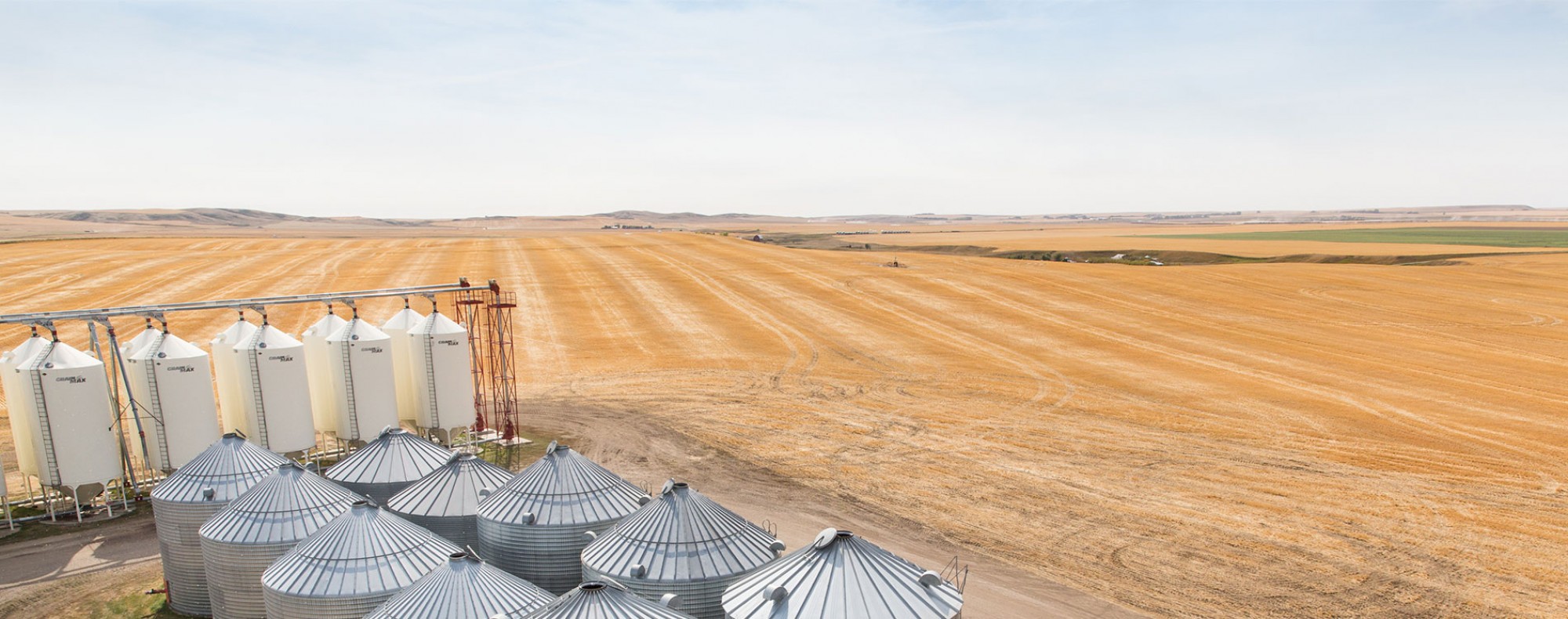Development of premium quality western Canadian winter wheat
AWC contribution: $157,500.00
Start Date April 1, 2014
End date: March 31, 2018
Summary:
This project will develop winter wheat varieties for Alberta and all of western Canada with CWRS-like quality characteristics while increasing/maintaining yield, winter survival and disease resistance. The goal is to reduce and ultimately eliminate the price differential between spring and winter wheat to increase adoption of this environmentally friendly alternative to spring wheat.
Note: text
Objectives:
- To make approximately 15 new crosses per year to combine improved quality with agronomic and disease resistance characteristics required for successful winter wheat production,
- To use traditional and doubled haploid (DH) breeding methodology to produce lines with potentially higher quality,
- To screen early generation and DH lines for desirable plant type and disease resistance traits,
- To evaluate existing lines derived from previously made crosses for this objective: yield, winter survival, agronomic characteristics, disease resistance, protein content, selected lines for milling, flour, rheological and baking properties,
- To identify new germplasm internal and external to the program for use in new crosses directed towards the overall objective,
- To register new WW lines with CWRS-like quality while increasing/maintaining yield, winter survival and disease resistance.
Benefit to producers:
Winter wheat with CWRS-like end-use quality would have additional advantages over those already attributed to winter wheat. These include: increased marketing opportunities for western Canadian WW, decrease or elimination of the price differential between WW (of this quality type) and CWRS, improved reputation of western Canadian WW in domestic and export market, increased Canadian wheat production to meet the anticipated increases in world demand, improved farm profitability and the development of a new, genetically diverse germplasm source for CWRS breeders that widens the relatively narrow genetic base leading to spring wheat yield gains while maintaining quality.
Project Completion Report
Canada Western Red Winter (CWRW) wheat is a medium protein, hard red wheat that competes well in markets for “medium quality” milling wheat. Compared with the premium quality Canada Western Red Spring (CWRS) wheat, which is grown on a majority of wheat acres in western Canada, CWRW trades at a disadvantage due to its lower end-use quality. An examination of registration trial data comparing the end-use quality of the checks for CWRS to CWRW indicated that the main differences were that CWRW had lower grain protein concentration, lower gluten strength, lower farinograph absorption, and lower loaf volume, although its milling properties (flour yield, flour ash and flour colour) were superior to CWRS. Detailed examination of the data from experimental lines within the AAFC Lethbridge winter wheat breeding program revealed lines that corrected some of the end-use quality deficiencies and provided optimism that if the best characteristics of these lines could be combined, winter wheat with CWRS or “near-CWRS” quality could be developed over the medium to long term. By improving the end-use quality of winter wheat, it is believed that the combination of higher grain yield and projected higher farm gate prices will encourage producers to incorporate winter wheat into their rotations, improving their profitability and enhancing the environmental performance of the sector.
Crosses to achieve this objective were initiated in 2000 and as success in combining the required agronomic, disease resistance, and end-use quality traits became evident, it became clear that the long term objective was within reach if greater effort was deployed. Funding of Project 2014F173R facilitated the expansion of these efforts by expanding the number of crosses, increasing the number of selections, and allowing more lines to proceed to replicated, multiplelocation, multiple-year evaluation for agronomic, disease resistance and end-use quality traits. The most commercially viable lines developed during the funding of this project were entered into registration trials to determine if they had potential as cultivars, to the benefit of the industry. Although no cultivars that achieve the long term project objective have been registered to date, substantial progress has been made in correcting the identified quality deficiencies. For example, W569 is a newly approved cultivar (name to be determined) that combines excellent agronomic performance and disease resistance with improvements in all of the quality deficiencies. W604, which could be approved for registration in 2021, appears to combine all of the quality objectives set forth in this project. Several other lines evaluated in registration trials demonstrate improvements in one or more of the identified quality deficiencies. To date, the lines evaluated in registration trials were derived from crosses made prior to the initiation of this project. The use of these improved, elite lines as parents in crosses during this project provides great encouragement that the long term objectives for winter wheat end-use quality will be achieved.
